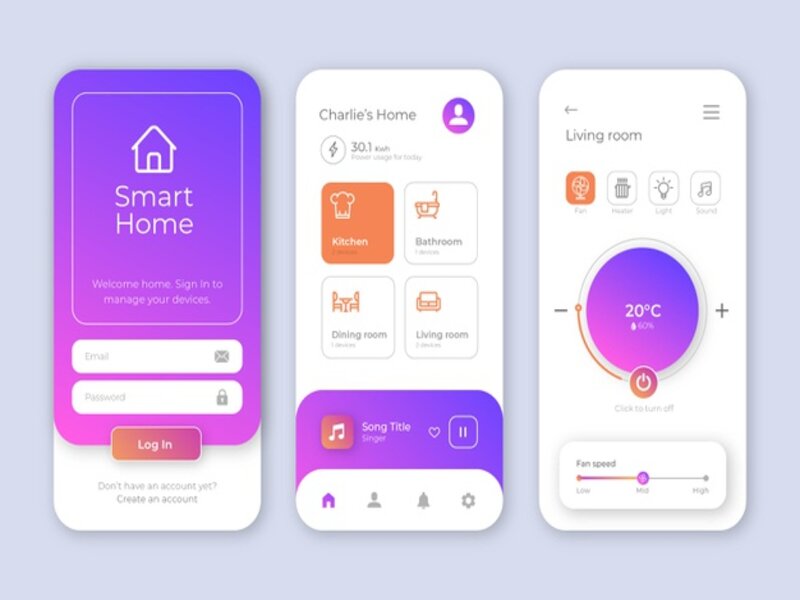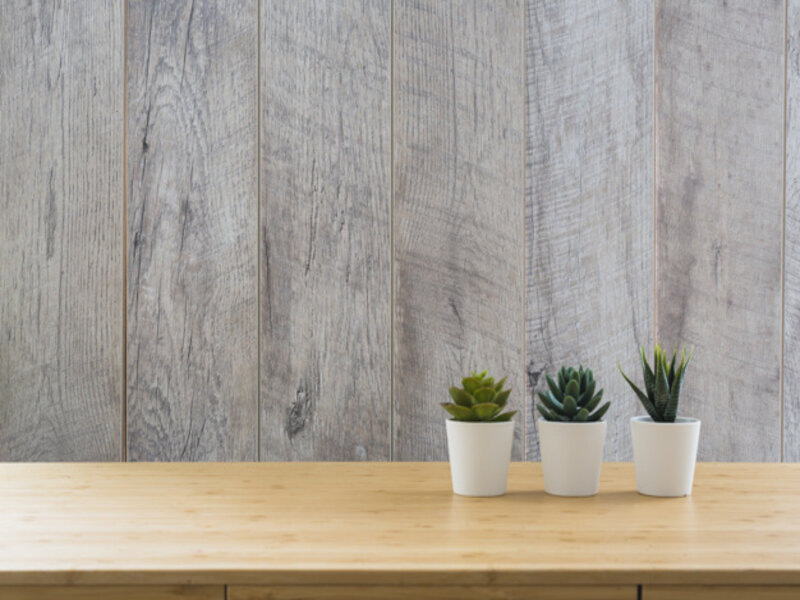For The Persistent and Optimistic -- Ideal Interior Design For Disabled People
Interior Design & Decor5 minutes read
6483 views
6483 views
Based on the definition from the CRPD (United Nations Convention on the Rights of Persons with Disabilities), disabled people are individuals with long-term physical, language, hearing, mental, intellectual, or multiple impairments. These impairments may cause various obstacles and hinder these people from fully participating in daily activities in society on an equal basis to their more abled peers.
It was estimated that at least 15 % (over a billion) of our world’s population has at least one form of disability, according to the disability review report from the World Health Organization. In the 1970s, the suggested figure for disabled people was 10 %. This percentage has increased over time due to an ageing human population, technological advances to detect disabilities and the quick spread of chronic diseases.
PWDs (persons with disabilities) need special care and treatment. Although they might find it difficult to interact with others and have the same privileges or opportunities as their more abled peers, they should not be looked down on. In contrast, they should be provided with assistance and kindness. Everyone, including the government, should put in more effort and co-operate so that PWDs will not be “disabled” by society.
In this article, we will be looking at some interior design tips for helping disabled people live comfortably in their homes. These tips have been categorized for easy reading so that you can quickly pick up ways to improve living conditions for your disabled peers.
1. DOORS / GATES
Horizontal handles will be the best choice for door handles, and it will also be good to install a door-closing handle on the inner side of the door.
Also, get a sliding door for the bathroom or bedroom. Alternatively, you can ensure that your open-close door can be opened from the outside to prevent accidents from happening on the inside. This makes accident control easier as you can open the door quickly.
In addition, avoid having a threshold for your doors or gates to allow disabled people to move around conveniently, especially those using wheelchairs or other wheel aids such as Keep Moving Care.

Image via Freepik
2. FLOORING
Make sure your floors are flat and smooth without being slippery. Avoid having obstacles such as toys or high steps on the floor. It will also be helpful if you have a ramp installed for wheelchair movements. If there are PWDs who use wheelchairs in the home regularly, use wooden flooring that is durable and smooth.
In the bathroom, you can place some waterproof mats to avoid falls due to the wet and slippery floor. You may also use floor tiles of good quality to prevent the bathroom floors from getting wet too easily.
For people with visual impairments, you can include a special passway for them, just like what is on our roads, so that they can be able to walk around while using their crutch to feel the ground.

Image via Freepik
3. SMART HOME AUTOMATION SYSTEM
The smart home automation system will be great to use as it provides convenience for PWDs. If you are not at home, you can still keep an eye on things and have control over your home gadgets.
Many smart home automation systems include an alarm system which can notify you if there are any accidents at home so that you can immediately take action.
Some devices do not require touch or close proximity to operate; in fact, you can control via voice commands or a smartphone app, so they are convenient and user-friendly. This makes them suitable for PWDs to use.
Safety is always a top priority, so one must ensure that their living environment is safe for PWDs to live in. A smart home system thus helps to ensure the safety of PWDs, especially if they are unable to leave their homes.

Image via Freepik
4. FURNISHING
Do not place fragile items and furniture with sharp edges around places regularly used by PWDs lest they bump into them and get hurt. Leather or cottony furniture should be used to reduce such risk and help PWDs feel comfortable.
Also, countertops and tables should be at a lower level for easier accessibility for wheelchair users.
Not only that, but the indoor lighting should also be easy to adjust for both daytime and nighttime use, so a dimmer can be considered. It is also best to have a low level of lighting fixtures and light switches at night to facilitate the use of toilets in the dark.
People with weak eyesight should have stronger lighting for writing and reading.

Image via Freepik
5. HANDLES
Installing handles inside the bathroom or beside the stairs will be helpful for PWDs to grip onto when they are on the move.

Image via Freepik
6. GREENS
Green plants, fish tanks or a small garden can help to relieve stress and improve one’s mood. Include these in your home as much as possible as they are beneficial not just for PWDs, but also for everyone else.

Image via Freepik
In conclusion, safety and comfort are important for creating an ideal living environment for PWDs, so we should take extra care in making a barrier-free interior for them to stay in.
Request for quotes and we'll match you with a selection of Interior Designers!
Previous
CLEAN THE TRAP TO PREVENT CORONAVIRUS. U-TRAP, P-TRAP AND BOTTLE TRAP CLEANING INSTRUCTION


 Sign Up with Google
Sign Up with Google

.jpg)

